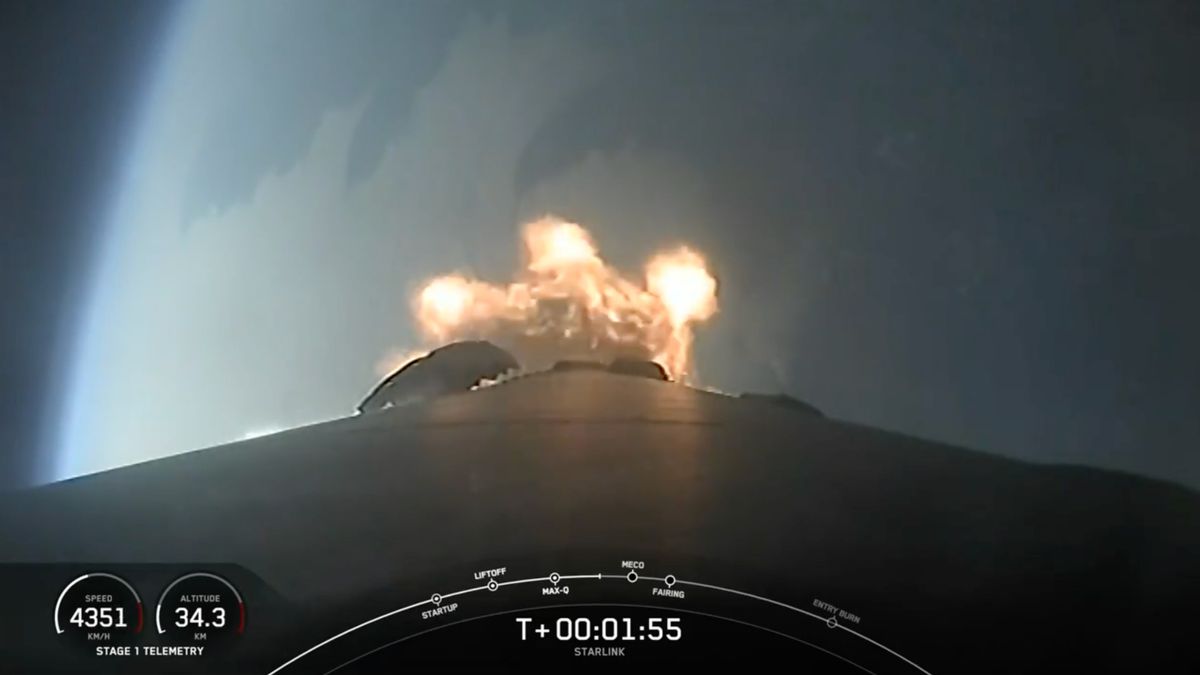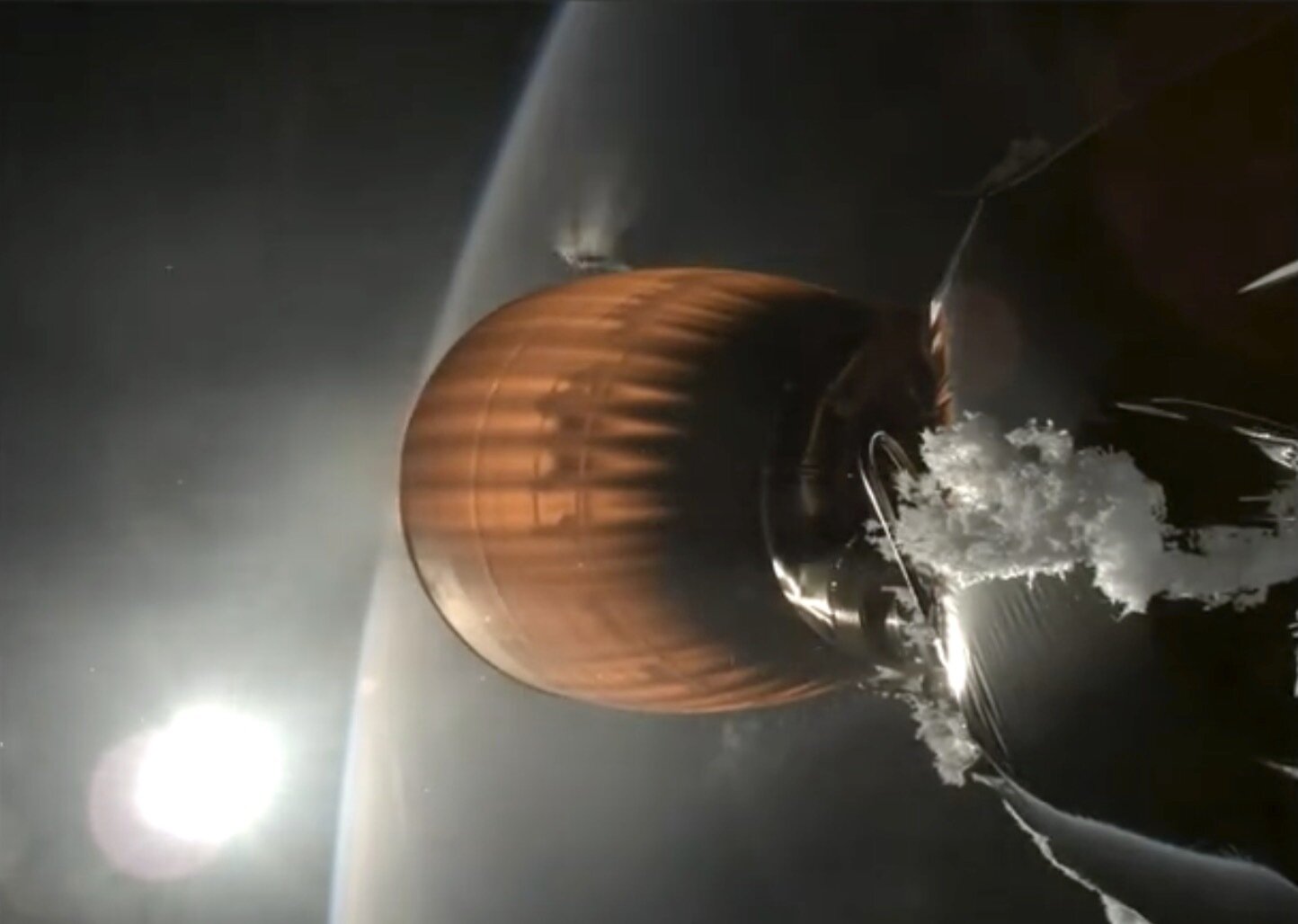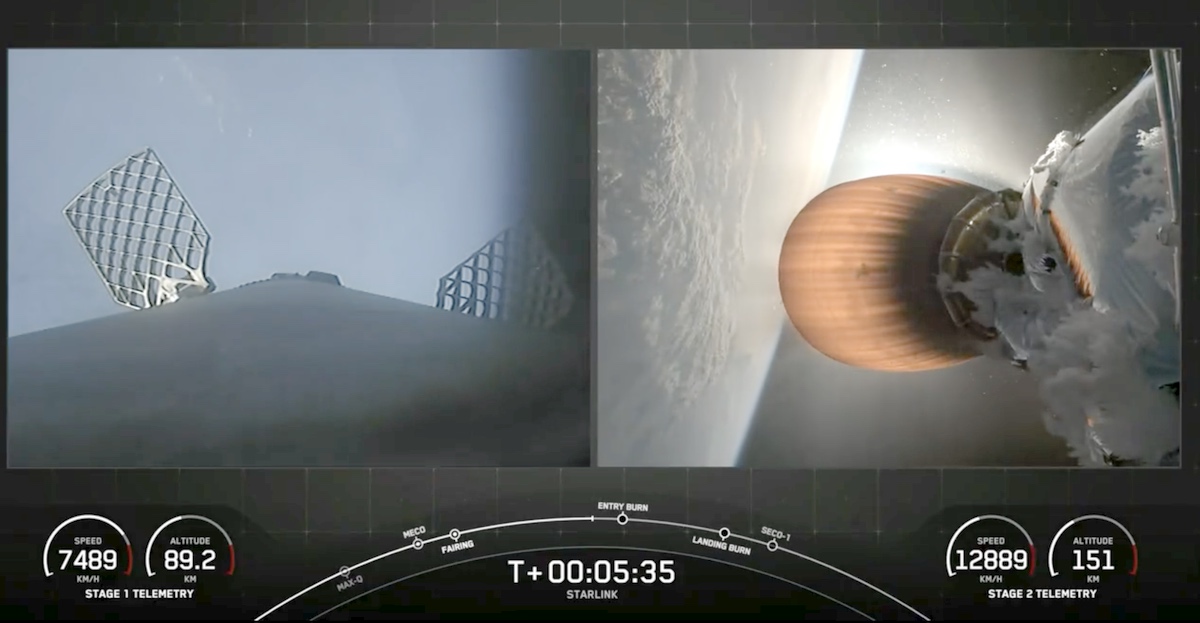
SpaceX's Falcon 9 rocket, a workhorse in the space industry with over 350 successful launches since its debut in 2010, suffered an unexpected malfunction during the second-stage booster's second burn on July 11, 2024. The incident occurred during the launch of Starlink satellites from Vandenberg Space Force Base in California. The anomaly caused the satellites to be deployed into a lower than intended orbit.
According to reports, both SpaceX and the Federal Aviation Administration (FAA) are investigating the cause of this failure. Preliminary findings suggest that an electric propulsion system on the spacecraft was unable to counteract high atmospheric drag in the very low orbit, leaving 20 Starlink satellites stranded.
Despite this setback, SpaceX founder and CEO Elon Musk expressed doubt that the Starlink satellites could be raised to their intended orbit using their onboard ion thrusters. The FAA has grounded Falcon 9 for an indefinite period while SpaceX investigates and determines necessary upper stage modifications.
This incident marks a rare failure for SpaceX's Falcon 9 rocket, which has been instrumental in launching numerous Starlink missions, crewed flights for NASA and the International Space Station (ISS), as well as private spacewalks. The company's Elon Musk remains optimistic about the future of their Falcon 9 program.
The loss of these satellites will not pose a threat to other satellites in orbit or public safety, as they are expected to break up completely upon re-entry. However, this incident may impact upcoming SpaceX missions such as crewed flights and ISS resupply missions scheduled for July 31 from Florida and mid-August.



